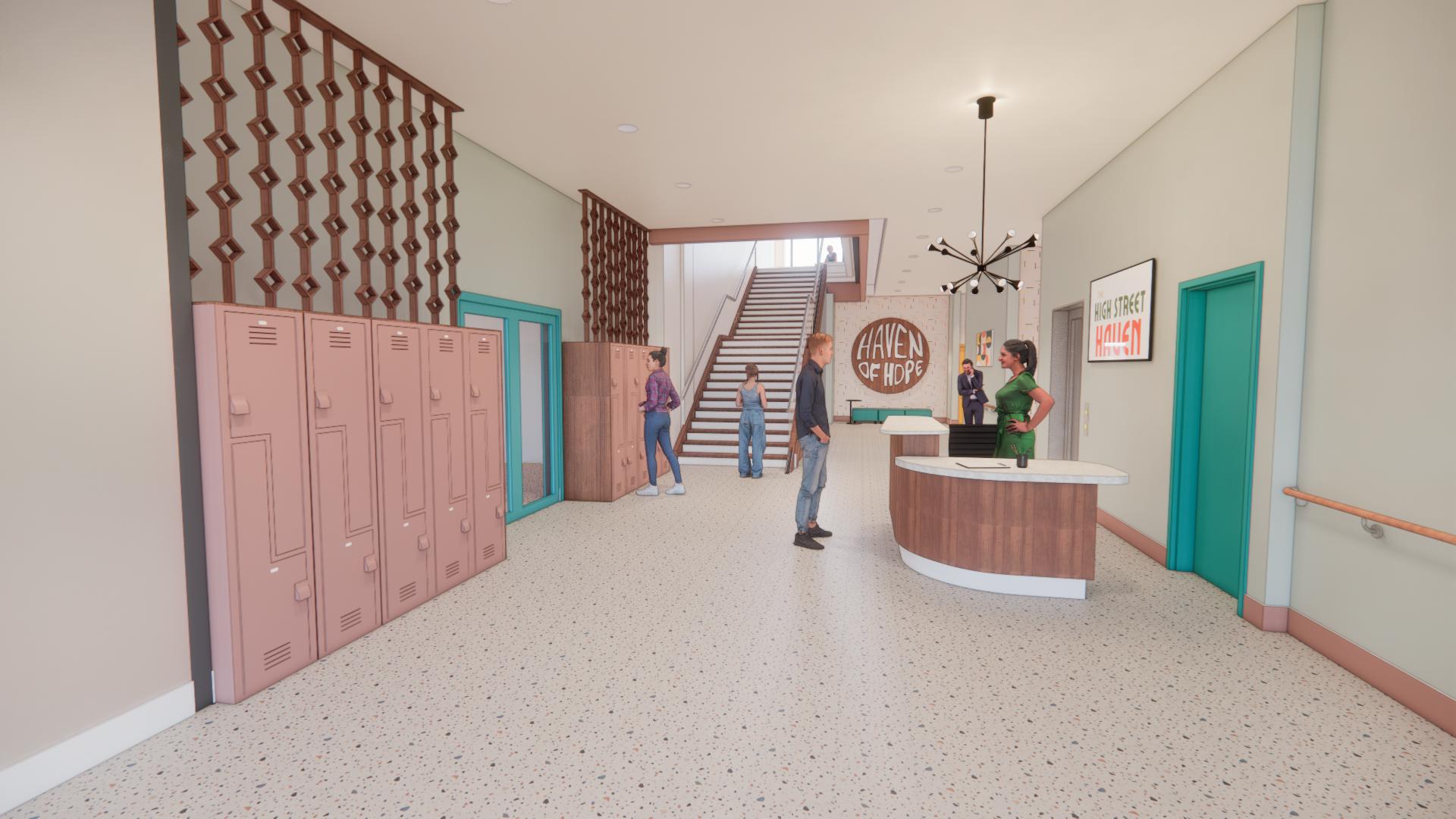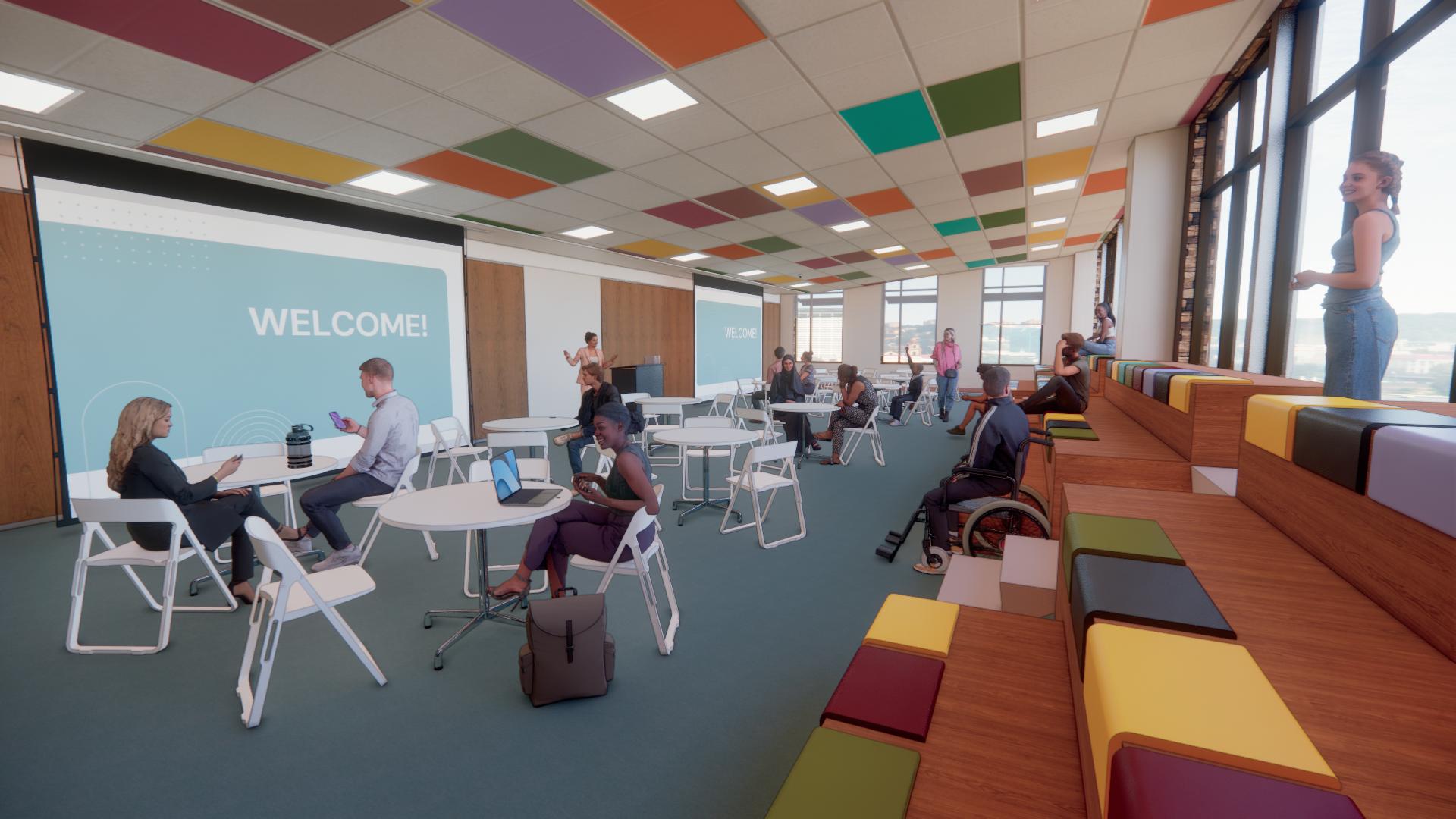
1 minute read
SUPPORT SPACES
Place sensory areas and respite zones away from noisy areas for a smoother transition back to group activities(NAC Architecture, n.d.). Include a way for staff to observe students while maintaining a sense of privacy and safety (MEXT, 2012).
Design restrooms to have observable entries. These can quickly become a hotspot for bullying and a destination of skipping class (NAC Architecture, n.d.).
Advertisement
WHOSE NEEDS ARE STILL NOT MET? WHO IS STILL EXCLUDED?
(Watkins,C;Treviranus,J;Roberts,V.2020)
Sensory Seeking Sensory Avoidant
With muted cool colors, soft textures, and gentle lighting, this room is suited for students who are overstimulated and avoiding sensory input They can turn on the white noise machine to cover up unwanted background noise and settle into the recliner. Floor cushions give them the option to rest on the floor, as many neurodivergent students tend to seek out alternative postures. This space is ideal for a quick reset with life is overwhelming.
Bold sensory experiences might be just what is needed to achieve the stimulation a student is seeking Tactile acoustical walls provide auditory privacy and an engaging sensation all at once.
Glitter tubes are a popular calming sensation that introduce movement into the space. Seating can also be used to create movement, such as the Spun chair. Noise-cancelling headphones are a simple addition that ensures students can turn up their volume without disturbing their neighbors.








